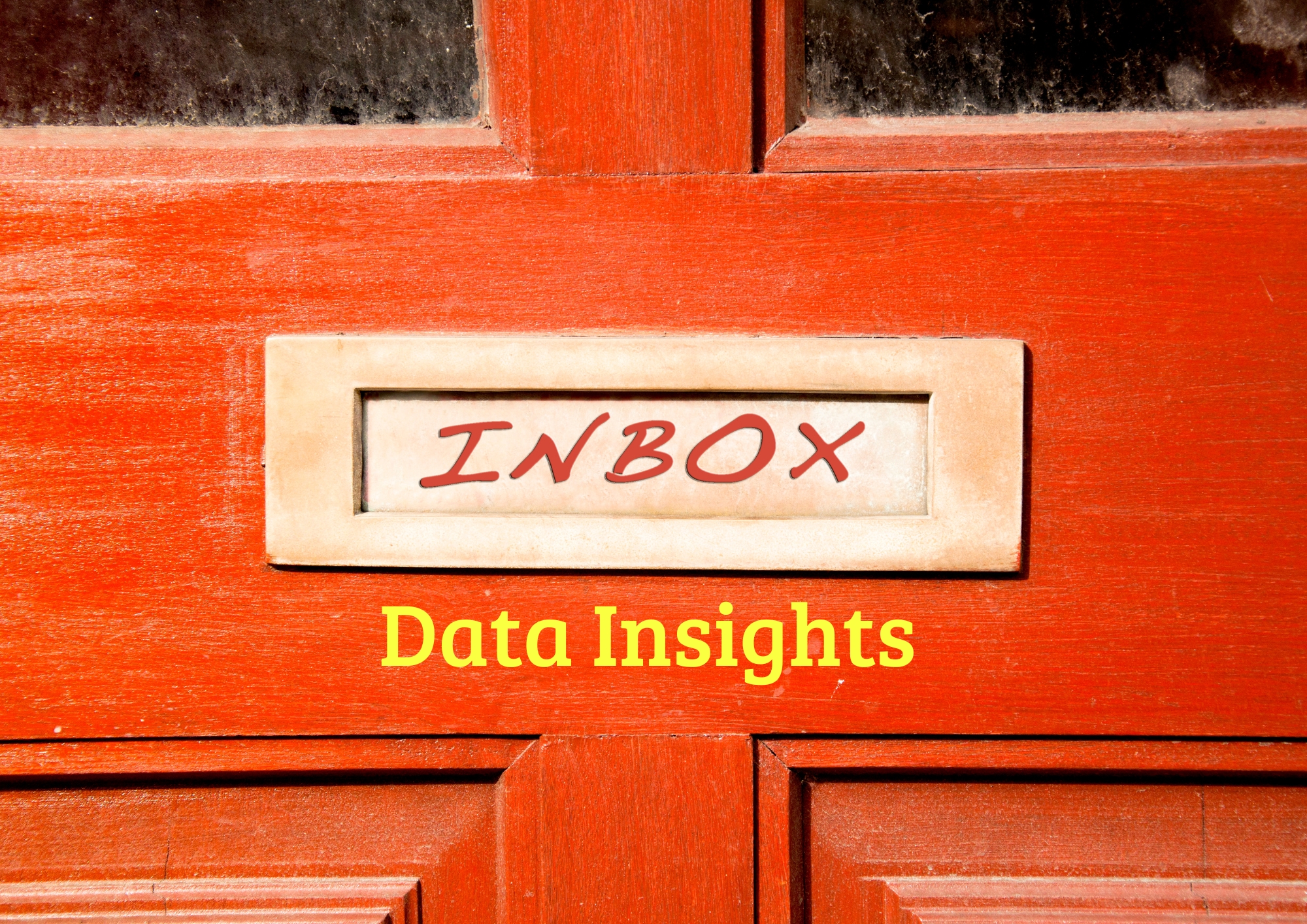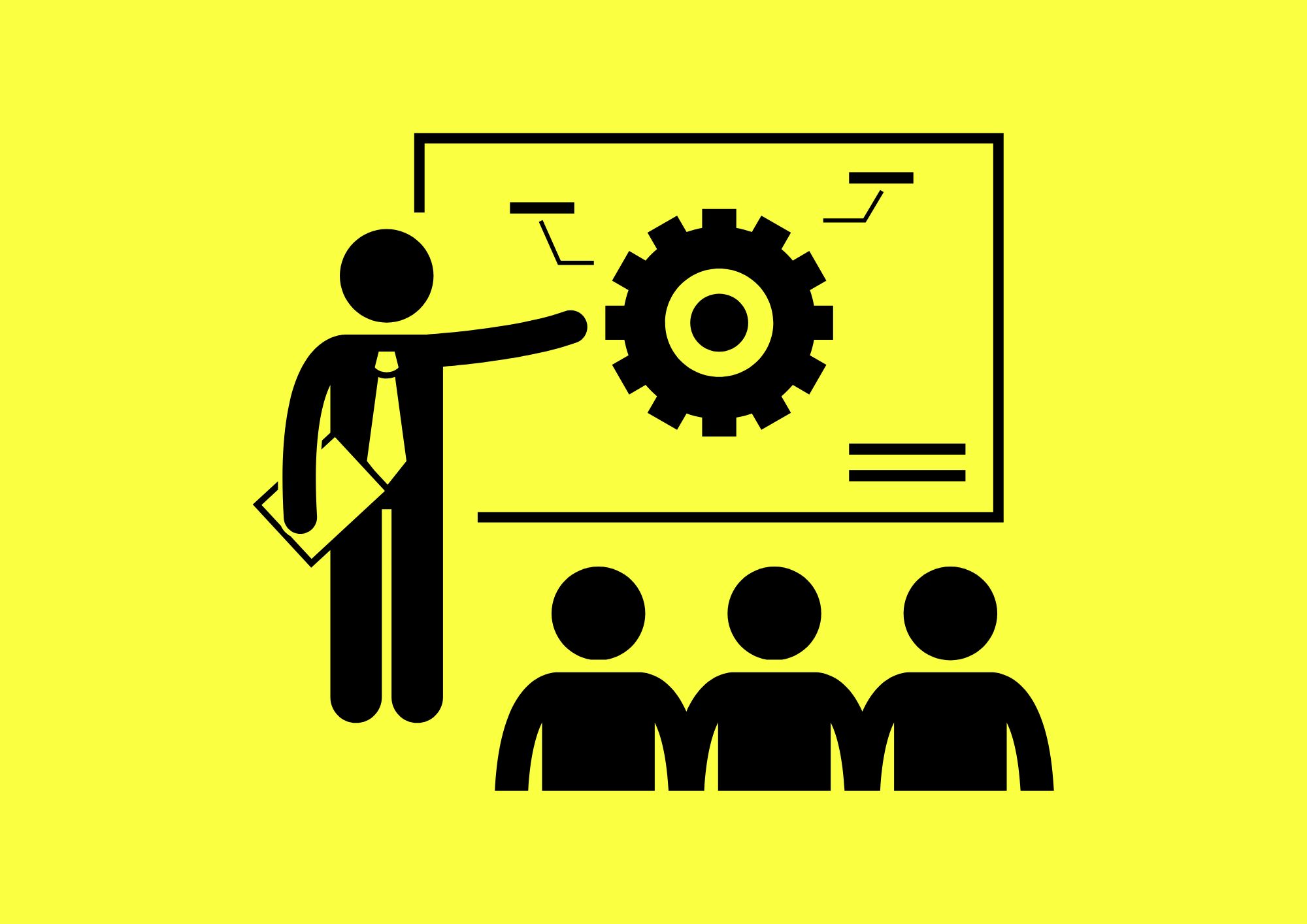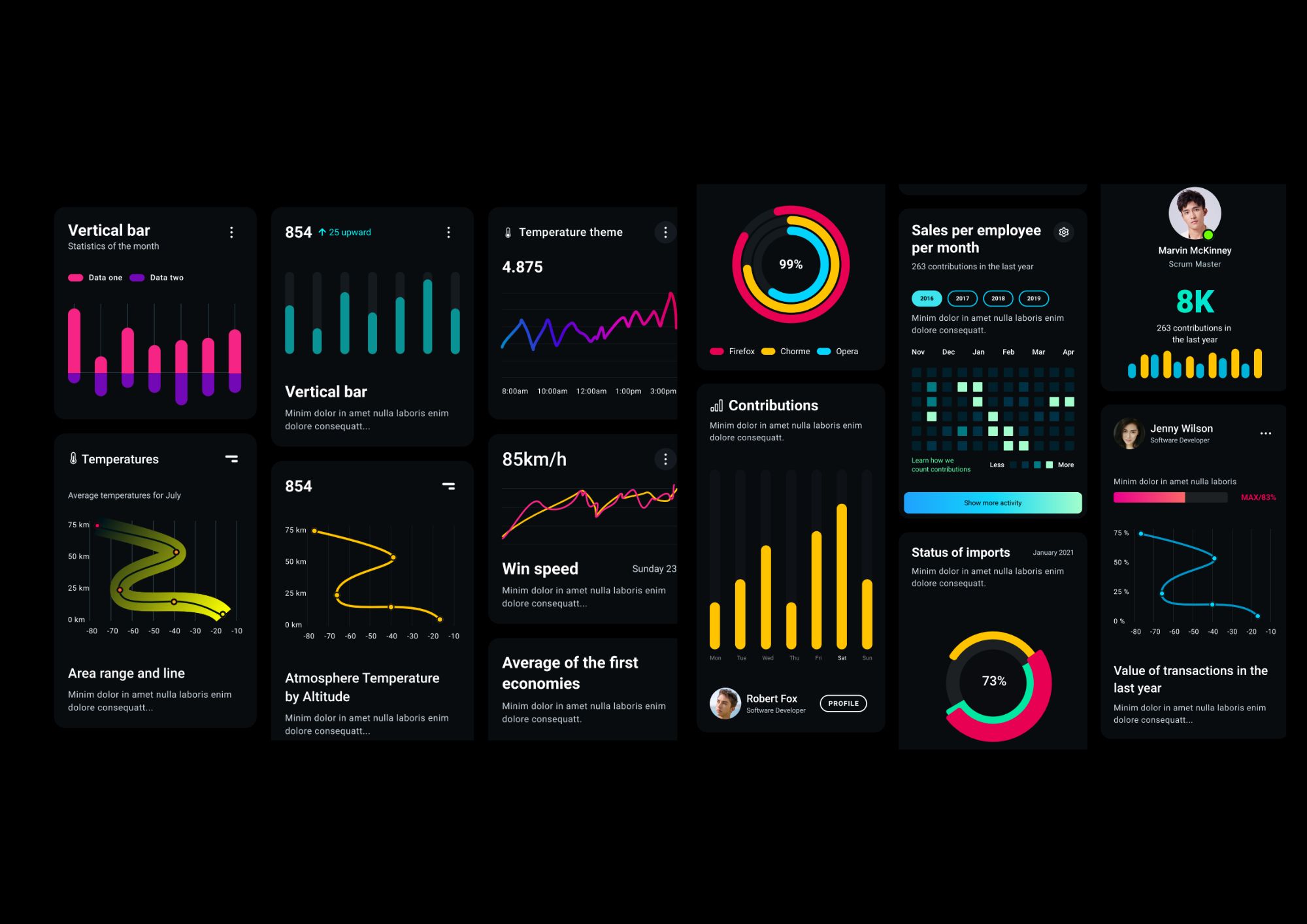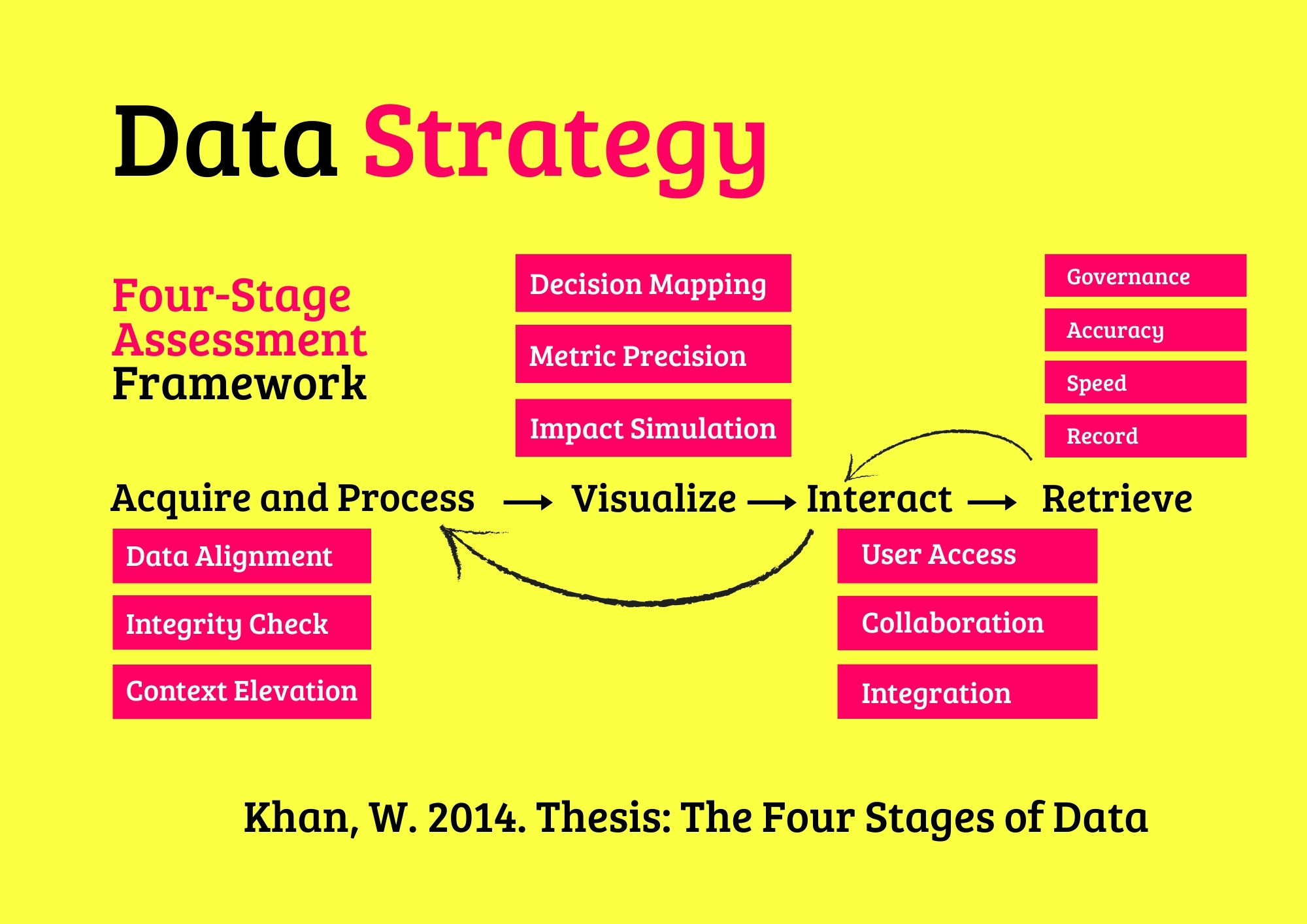The Property Data Challenges
The property sector operates on vast, fragmented datasets—yet most organizations struggle to harness their full potential. Here’s where traditional approaches fail:
1. Disparate Data Sources
Siloed MLS listings, lease agreements, and valuation reports prevent unified analysis.
2. Static Reporting
Outdated spreadsheets and PDFs obscure real-time market shifts.
3. Limited Interactivity
Stakeholders lack self-service tools to explore occupancy rates or ROI scenarios.
4. Slow Retrieval
Manual processes delay critical decisions during transactions or audits.
5. Security Gaps
Sensitive tenant/owner data remains exposed to compliance risks.
How Caspia Transforms These Pain Points:
We apply AI-driven data pipelines and dynamic visualizations to convert raw property data into competitive advantages.
Caspia’s Framework for Smarter Real Estate
1. Data Strategy & Acquisition
Goal: Centralize scattered property data into a single source of truth.
- Automated ingestion of listings, transactions, and IoT sensor data (e.g., smart buildings).
- Legacy system integration (Yardi, MRI Software) with modern analytics platforms.
Tools: Python ETL, Azure Data Factory
2. Interactive Visualization
Goal: Replace static reports with real-time dashboards.
- Portfolio Performance: Heatmaps of rental yields vs. vacancy rates.
- Market Trends: Predictive analytics for neighborhood appreciation.
Tools: Power BI (embedded in SharePoint), Tableau CRM
3. AI-Powered Analytics
Goal: Anticipate risks and opportunities.
- Predictive maintenance for commercial properties.
- Tenant churn modeling using historical lease data.
Tools: Looker ML, Custom Python models
4. Secure Data Access
Goal: Enable compliance without friction.
- Role-based access controls for brokers, investors, and regulators.
- Blockchain-backed audit trails for transactions.
Tools: Snowflake, Azure Purview
Why Property Leaders Choose Caspia
✅ Industry-Specific Expertise
Our team includes former real estate analysts and proptech engineers.
✅ Proven ROI
Clients report 20% faster deal cycles and 15% cost savings in asset management.
✅ End-to-End Solutions
From raw data to boardroom-ready AI insights—we cover all four stages:
Acquire → Visualize → Interact → Retrieve
“Caspia’s dashboards helped us identify underperforming assets worth divesting within weeks—not months.”
—Director of Analytics, Dubai-Based REIT
Get Started
We're Here to Help!

Inbox Data Insights (IDI)
Turn email chaos into intelligence. Analyze, visualize, and secure massive volumes of inbox data with Inbox Data Insights (IDI) by Caspia.

Data Security
Safeguard your data with our four-stage supervision and assessment framework, ensuring robust, compliant, and ethical security practices for resilient organizational trust and protection.

Data and Machine Learning
Harness the power of data and machine learning with our four-stage supervision and assessment framework, delivering precise, ethical, and scalable AI solutions for transformative organizational impact.

AI Data Workshops
Empower your team with hands-on AI data skills through our four-stage workshop framework, ensuring practical, scalable, and ethical AI solutions for organizational success.

Data Engineering
Architect and optimize robust data platforms with our four-stage supervision and assessment framework, ensuring scalable, secure, and efficient data ecosystems for organizational success.

Data Visualization
Harness the power of visualization charts to transform complex datasets into actionable insights, enabling evidence-based decision-making across diverse organizational contexts.

Insights and Analytics
Transform complex data into actionable insights with advanced analytics, fostering evidence-based strategies for sustainable organizational success.

Data Strategy
Elevate your organization’s potential with our AI-enhanced data advisory services, delivering tailored strategies for sustainable success.
AI Business Agents in Action



















Frequently Asked Questions
What exactly is an AI Business Agent?
An AI Business Agent is a virtual employee that can talk, write and act like a human. It handles calls, chats, bookings and customer support 24/7 in your brand voice. Each agent is trained on your data, workflows and tone to deliver accurate, consistent, and human-quality interactions.
How are AI Business Agents trained for my business?
We train each agent using your documentation, product data, call transcripts and FAQs. The agent learns to recognise customer intent, follow your processes, and escalate to human staff when required. Continuous retraining keeps performance accurate and up to date.
What makes AI Business Agents better than chatbots?
Unlike traditional chatbots, AI Business Agents use advanced language models, voice technology and contextual memory. They understand full conversations, manage complex requests, and speak naturally — creating a human experience without waiting times or errors.
Can AI Business Agents integrate with our existing tools?
Yes. We connect agents to your telephony, CRM, booking system and internal databases. Platforms like Twilio, WhatsApp, HubSpot, Salesforce and Google Workspace work seamlessly, allowing agents to perform real actions such as scheduling, updating records or sending follow-up emails.
How do you monitor and maintain AI Business Agents?
Our team provides 24/7 monitoring, quality checks and live performance dashboards. We retrain agents with new data, improve tone and accuracy, and ensure uptime across all communication channels. You always have full visibility and control.
What industries can benefit from AI Business Agents?
AI Business Agents are already used in healthcare, beauty, retail, professional services, hospitality and education. They manage appointments, take orders, answer enquiries, and follow up with customers automatically — freeing staff for higher-value work.
How secure is our data when using AI Business Agents?
We apply strict data governance including encryption, access control and GDPR compliance. Each deployment runs in secure cloud environments with audit logs and permission-based data access to protect customer information.
Do you still offer data and analytics services?
Yes. Data remains the foundation of every AI Business Agent. We design strategies, pipelines and dashboards in Power BI, Tableau and Looker to measure performance and reveal new opportunities. Clean, structured data makes AI agents more intelligent and effective.
What ongoing support do you provide?
Every client receives continuous optimisation, analytics reviews and strategy sessions. We track performance, monitor response quality and introduce updates as your business evolves — ensuring your AI Business Agents stay aligned with your goals.
Can you help us combine AI with our existing team?
Absolutely. Our approach is hybrid: AI agents handle repetitive, time-sensitive tasks, while your human staff focus on relationship-building and creative work. Together they create a seamless, scalable customer experience.



